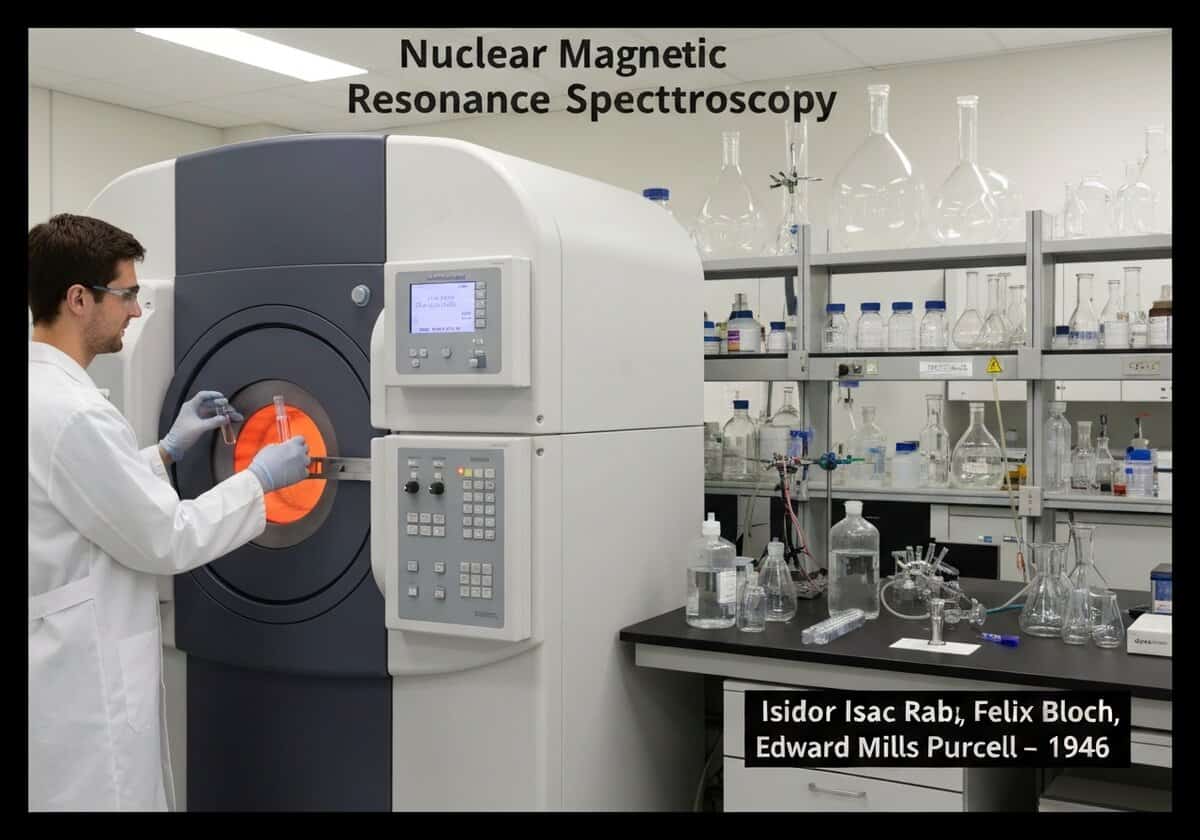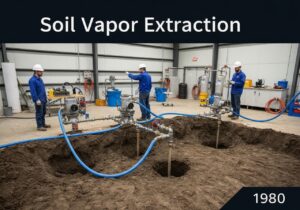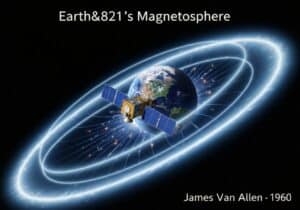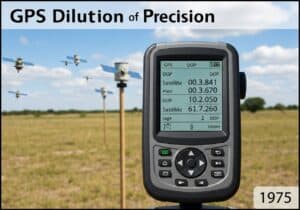Nuclear Magnetic Resonance (NMR) Spektroskopie is a technique that exploits the magnetic properties of certain atomic nuclei. It places a sample in a strong, constant magnetic field and probes it with radio waves. The nuclei absorb and re-emit electromagnetic radiation at a specific resonance frequency, which depends on the intramolecular magnetic field, revealing detailed information about the structure, dynamics, and chemical environment of molecules.






























